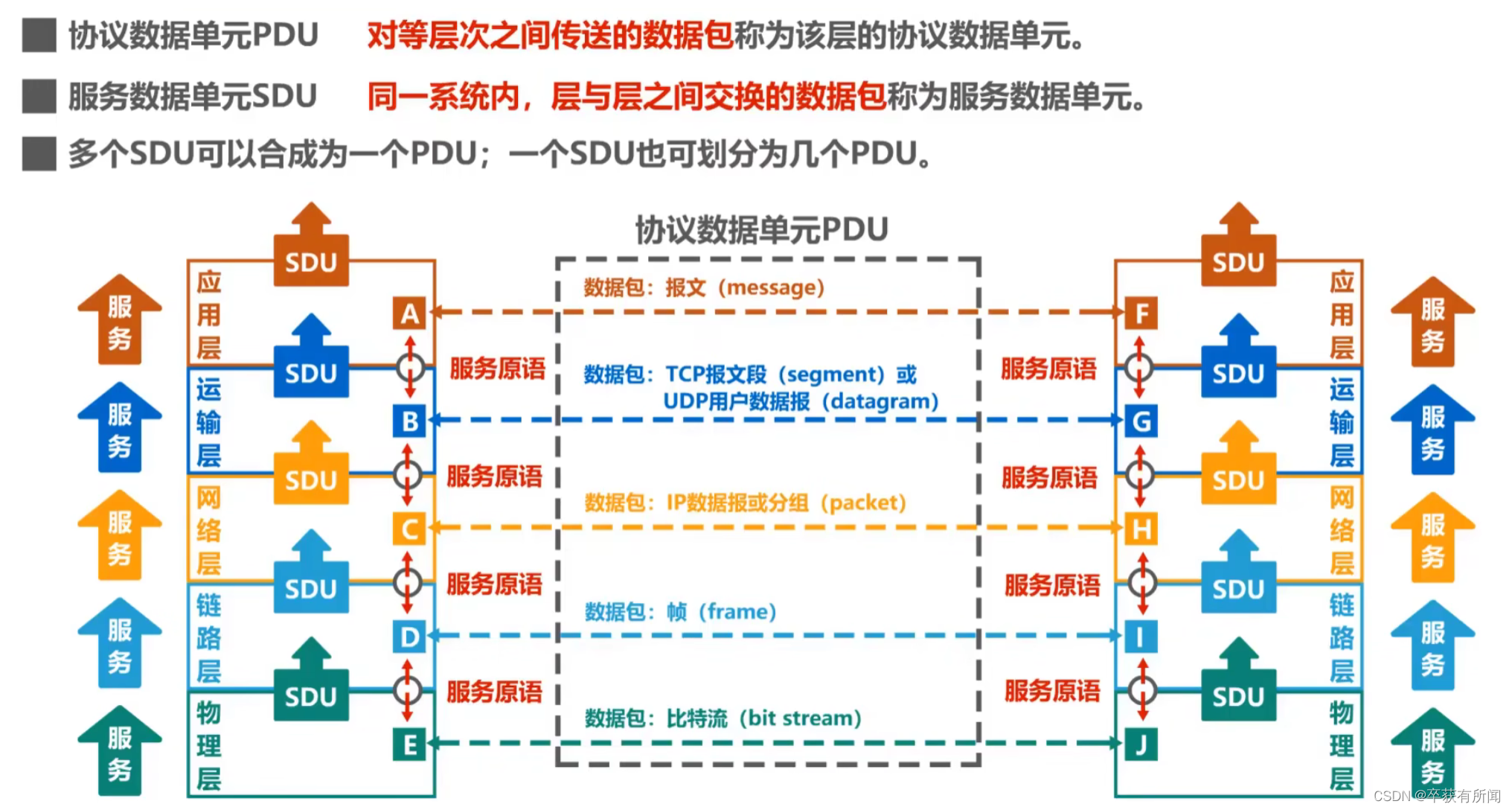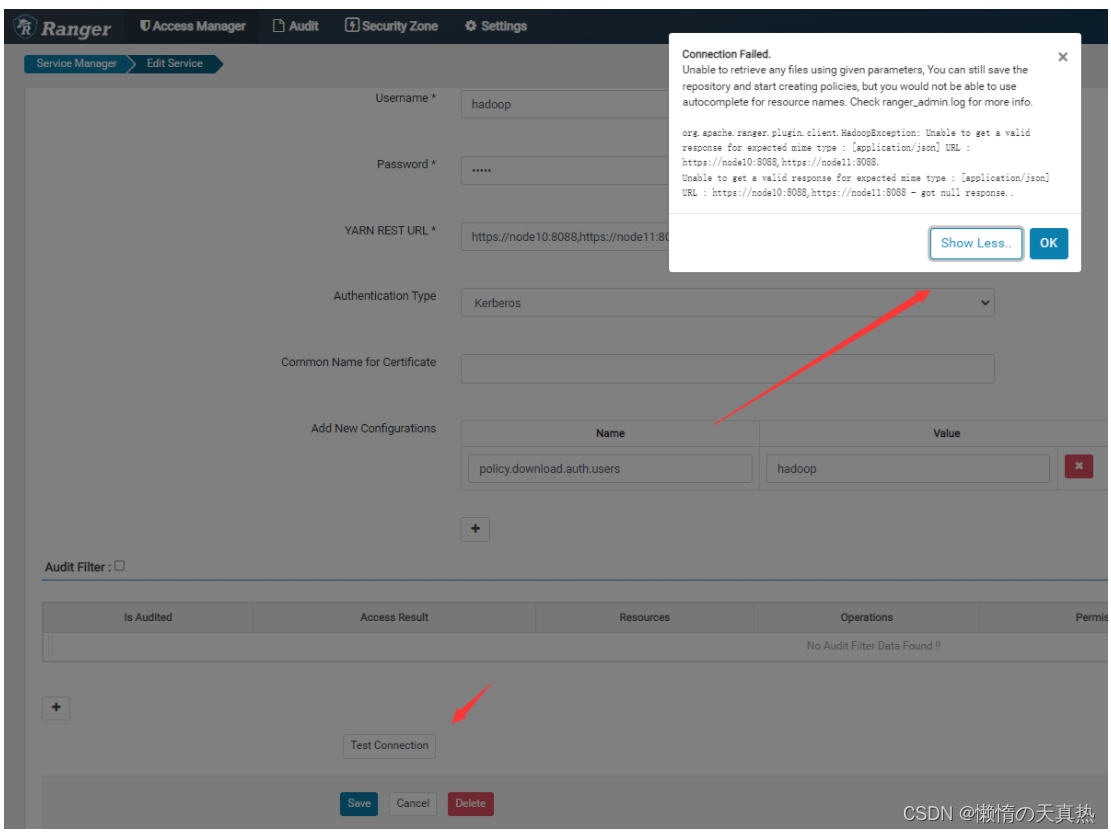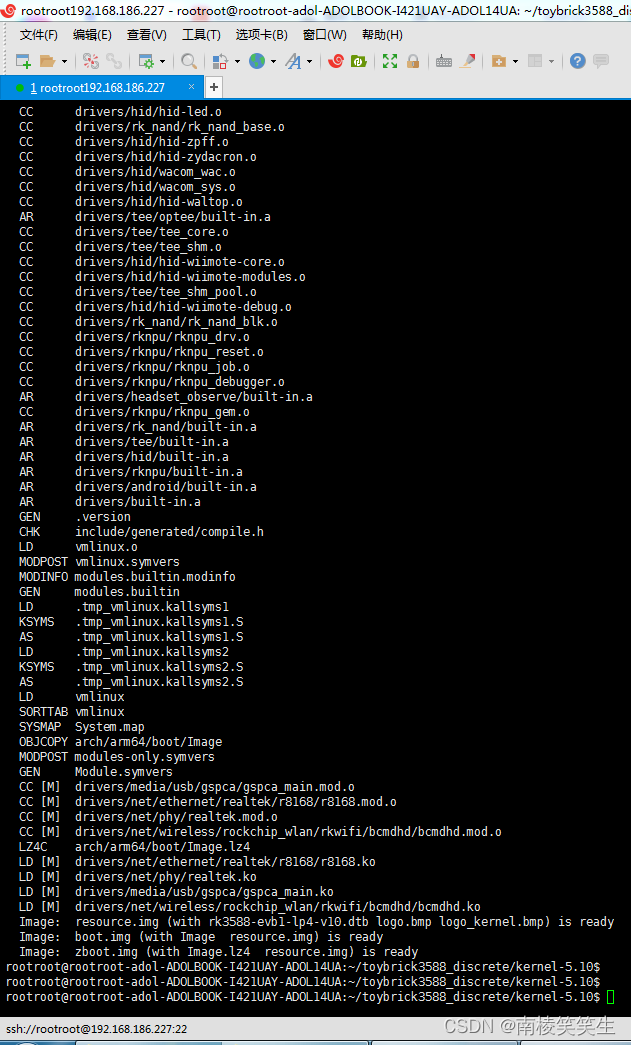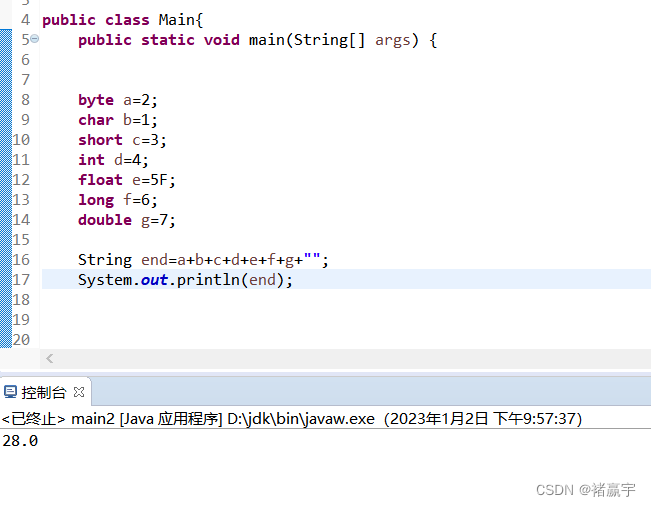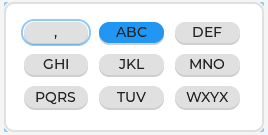1.控制主机和受控主机通过root用户通过免密验证方式远程控住受控主机实施对应(普通命令,特权命令)任务(以下所有结果均见截图)
(1)控住主机--server通过主机名匹配对应连接的受控主机
[root@server ~]#vim /etc/hosts
192.168.18.3 node1 node1.exmaple.com
192.168.10.4 node2 node2.exmaple.com
(2)制作秘钥
[root@server ~]# ssh-keygen -t rsa -P '' -q -f ~/.ssh/id_rsa
(3)发送密钥
[root@server ~]# ssh-copy-id -i node1
[root@server ~]# ssh-copy-id -i node2
(4)验证免密
[root@server ~]# ssh node1
[root@server ~]# ssh node1 hostname
[root@server ~]# ssh node2 hostname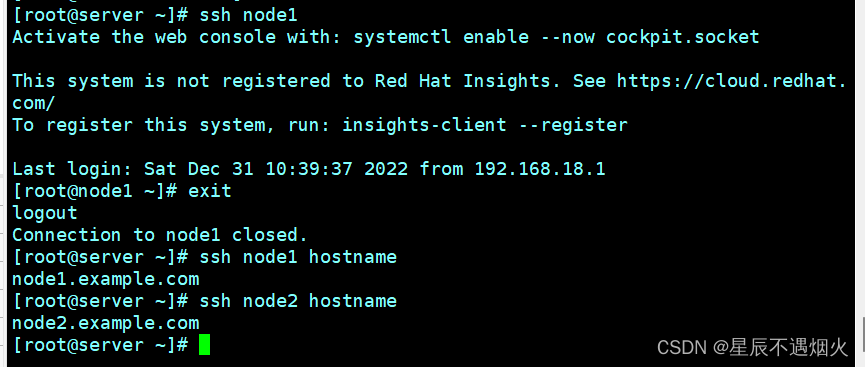
2.控制主机连接受控主机通过普通用户以免密验证远程控住受控主机实施指定(普通命令,特权命令)任务操作。
(1)控住端和受控端都需要有对应的普通身份
(2)[rhce@server ~]$ ssh-keygen -t rsa -P '' -q -f ~/.ssh/id_rsa
[rhcet@server ~]$ ll .ssh/
(3)[rhce@server ~]$ ssh-copy-id -i rhce@node1
[rhce@server ~]$ ssh-copy-id -i node2
(4)测试免密配置
[redhat@server ~]$ ssh node1 hostname
node1.example.com
在受控主机通过/etc/sudoers授权
第一种[root@node1 ~]# cat /etc/sudoers | grep -C 1 rhce 查看是否授权
root ALL=(ALL) ALL
rhce ALL=(ALL) NOPASSWD: ALL
第二种[root@node2 ~]# cat /etc/sudoers | grep wheel
## Allows people in group wheel to run all commands
%wheel ALL=(ALL) NOPASSWD: ALL
[root@node2 ~]# gpasswd -a redhat wheel
Adding user redhat to group wheel
[redhat@server ~]$ ssh node1 sudo useradd user1 --sudo授权成功
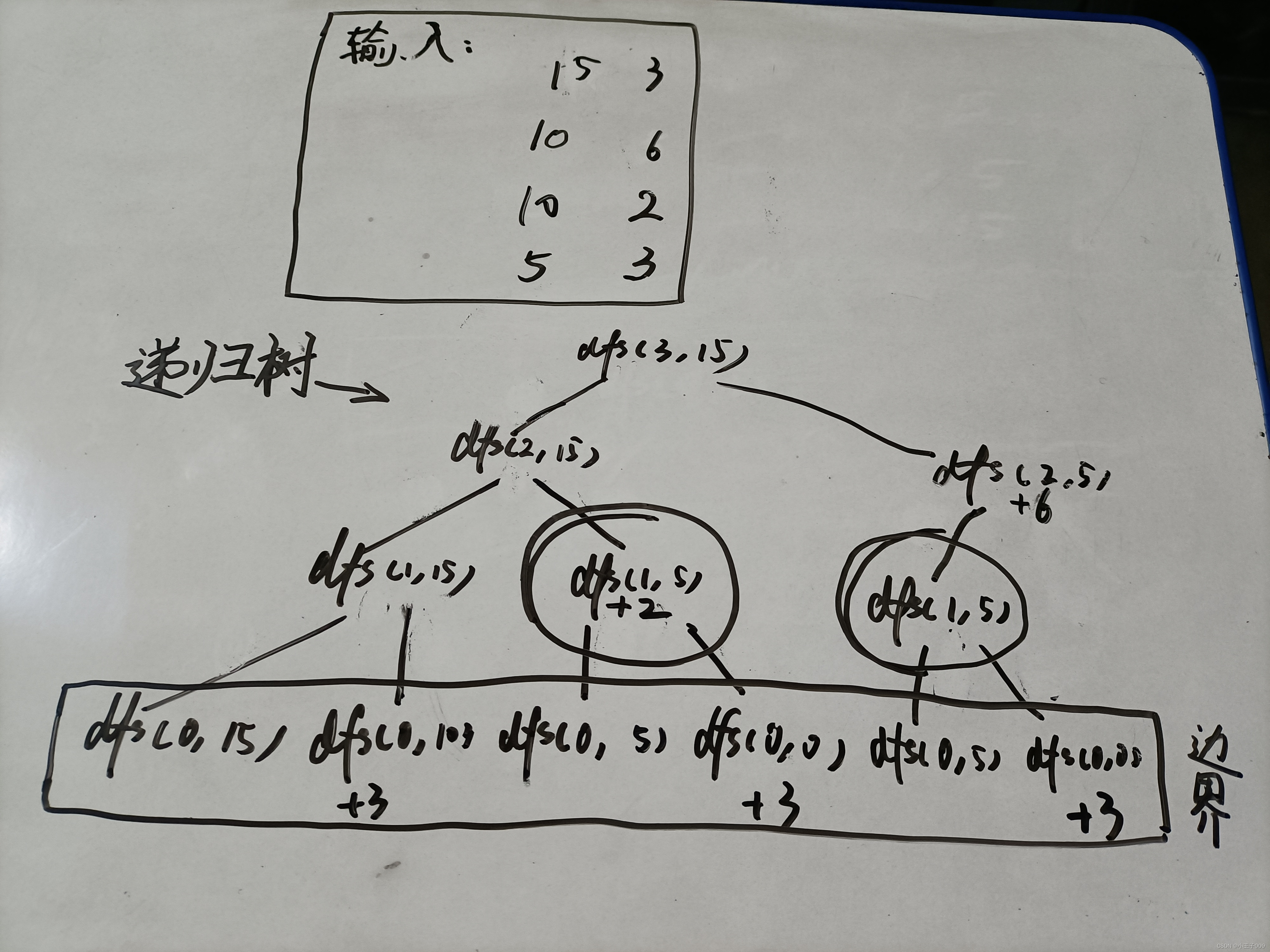




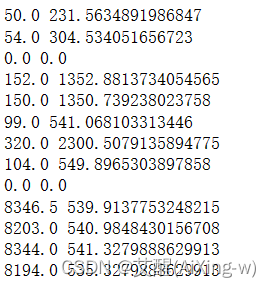


![P1827 [USACO3.4] 美国血统 American Heritage](https://img-blog.csdnimg.cn/5a47c30d5c244b23a1906a9544e832e9.png)
